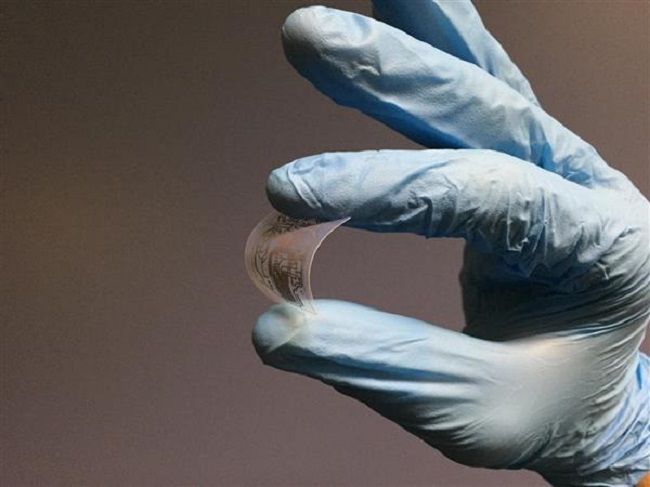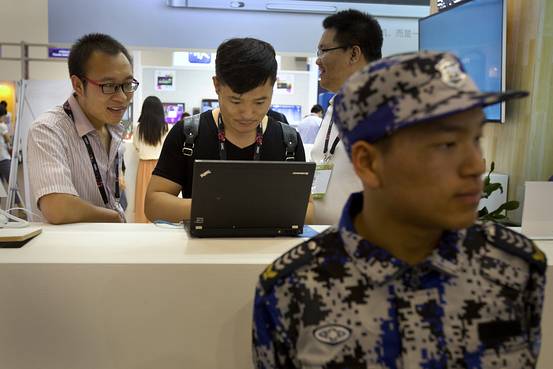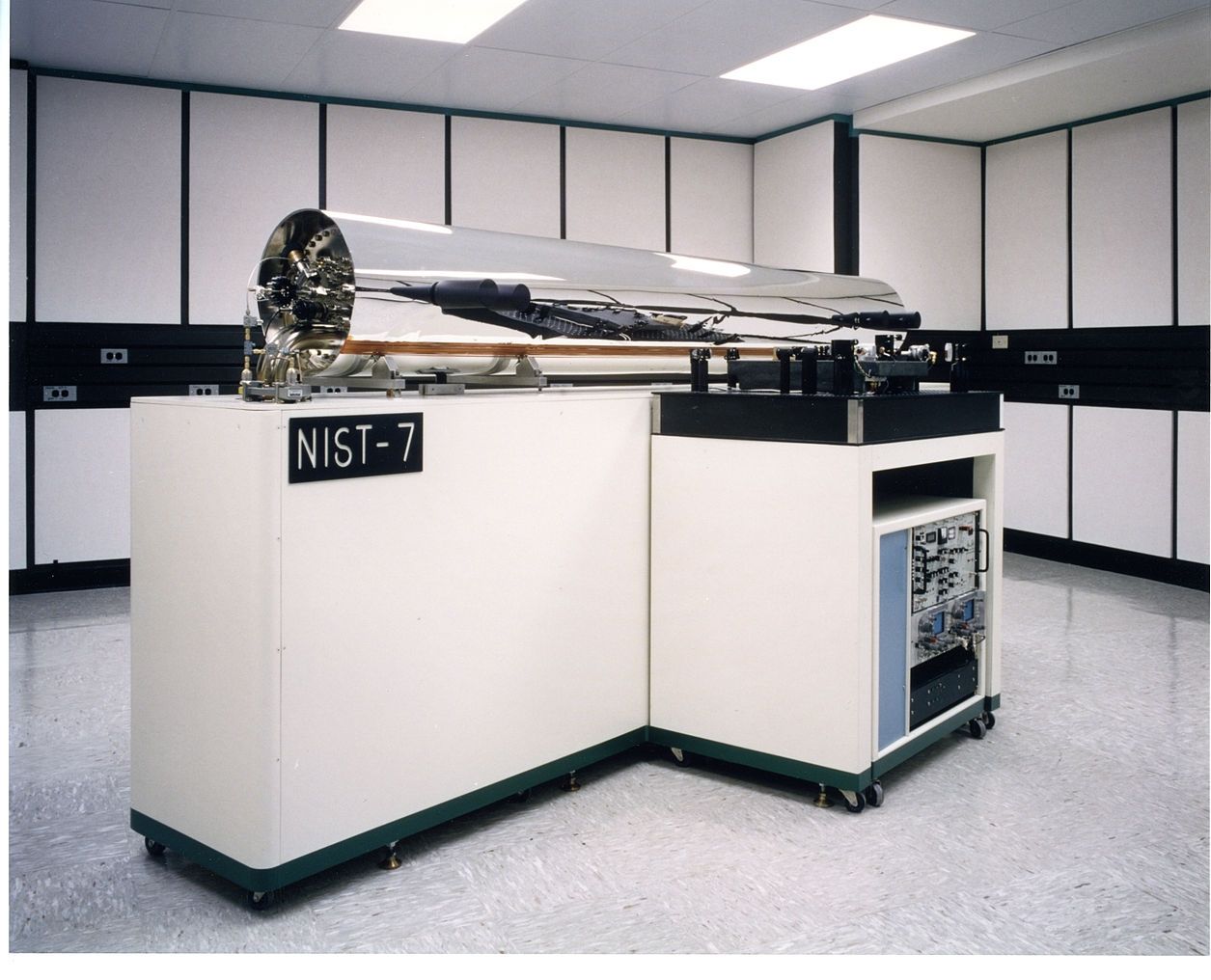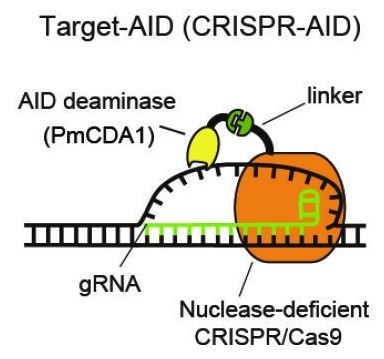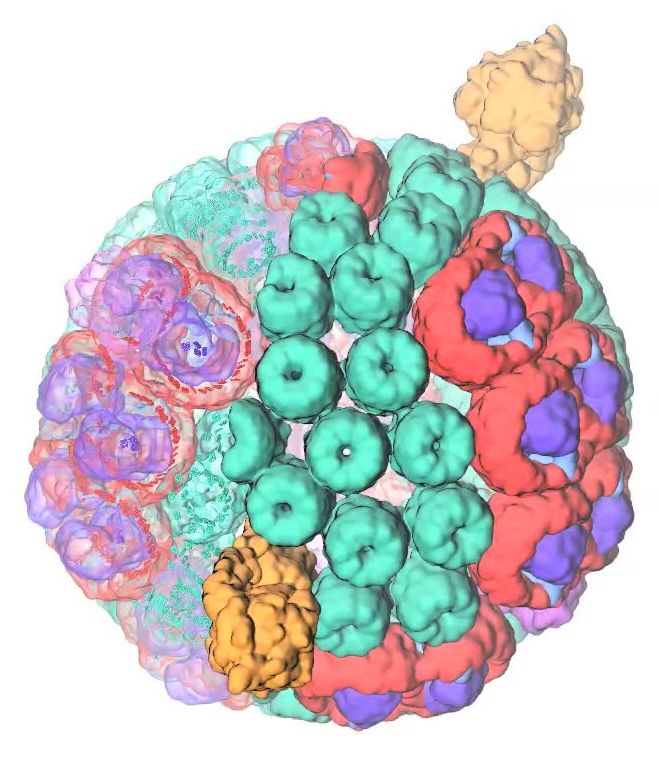Nice read on DARPA’s Engineered Living Materials (ELM) program. DARPA’s program to improve the quality of cell circuitry and other synthetic bios.
Nice.
Shopping trends change from time to time while consumers continue to search for more affordable products with better functionality and specs. Researchers and developers around the world continue to improve company products while lessening the cost of producing these materials.
Gadgets like smartphones, LED lights, tablets and solar cells are already part of the mainstream, and it is not going to change anytime soon. Companies that are involved in this industry must always keep a competitive edge against other manufacturers.
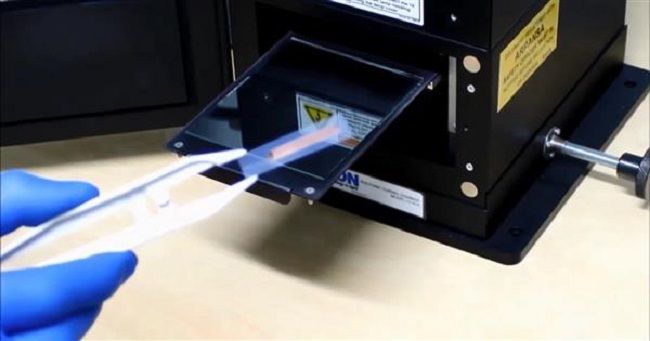
Robots Inherit the Farm
Posted in employment, food, robotics/AI, sustainability
In the US during the early 2000s there was an old political term for low skilled jobs, politicians called these jobs “the jobs that no one in America wanted.” Well, we now can start seeing the slogan by politicians as “the jobs that Robots can do for free.”
The focus of automation in farming has shifted from assisting humans to replacing them.
The average age of Japanese farmers is 67. Across all developed countries, the average age of growers is 60. Robotics and automation technologies are just now reaching the stage where agricultural robots can replace human farmers for many or most crop growing tasks.
I have been seeing this for the recent weeks; I find it interesting and another step in China’s own move to be a global leader of tech. Could be either good or bad in the longer term.
China is taking a more inclusive tack in instituting cybersecurity standards for foreign technology companies, allowing them to join a key government committee in an effort to ease foreign concerns over the controls.
The committee under the government’s powerful cyberspace administration is in charge of defining cybersecurity standards. For the first time, the body earlier this year allowed select foreign companies— Microsoft Corp. MSFT −0.39 %, Intel Corp. INTC 0.43 %, Cisco Systems Inc. CSCO 0.14 % and International Business Machines Corp.—to take an active part in drafting rules, rather than participating simply as observers, said people familiar with the discussions.
How much influence the foreign companies will have over committee deliberations remains to be seen, these people said. Over the past few months, the committee’s seven working groups—which focus on encryption, big data and other cybersecurity issues—have each met at least once.
More insights on human conscientious in relation to its state after we die.
Personally, (this is only my own opinion) I believe much of the human conscientious will remain a mystery even in the living as it relates to the re-creation of the human brain and its thinking and decision making patterns on current technology. Namely because any doctor will tell you that a person’s own decisions (namely emotional decision making/ thinking) can be impacted by a whole multitude of factors beyond logical information such as the brain’s chemical balance, physical illness or even injury, etc. which inherently feeds into conscientious state. In order to try to replicate this model means predominantly development of a machine that is predominantly built with synthetic biology; and even then we will need to evolve this model to finally understand human conscientious more than we do today.
Sir Roger Penrose, a mathematical physicist at Oxford University, has asked “what right do we have to claim, as some might, that human beings are the only inhabitants of our planet blessed with an actual ability to be “aware”? It is hard to see how one could begin to develop a quantum-theoretical description of brain action when one might well have to regard the brain as “observing itself” all the time! Beneath all this technicality is the feeling that it is indeed “obvious” that the conscious mind cannot work like a computer, even though much of what is involved in mental activity might do so.
This concept is both exciting and scary at the same time. Nonetheless, we are now finally seeing how some of the wave frequency research is to be used in the public.
Wired recently reported that DARPA , the Defense Advanced Research Projects Agency, is working on a communications device that would beam sound over a distance that only a targeted person could hear.
Major advancement in Gene Editing.
A team involving Kobe University researchers has succeeded in developing ‘Target-AID’, a genome editing technique that does not cleave the DNA. The technique offers, through high-level editing operation, a method to address the existing issues of genome editing. It is expected that the technique will be applied to gene therapy in the future in addition to providing a powerful tool for breeding useful organisms and conducting disease and drug-discovery research. The findings were published online in Science on August 5.
The team consists of Project Associate Professor NISHIDA Keiji and Professor KONDO Akihiko (Graduate School of Science, Technology and Innovation, Kobe University) as well as Associate Professor YACHIE Nozomu (Synthetic Biology Division, Research Center for Advanced Science and Technology, the University of Tokyo) and Professor HARA Kiyotaka (Department of Environmental Sciences, Graduate School of Nutritional and Environmental Sciences, University of Shizuoka).
Genome editing — which can directly manipulate the genome information of various organisms without leaving an artificial strand — has seen rapid progress in recent years and it is gradually becoming a revolutionary tool in fields ranging from life sciences to advanced medical research.
New updated article on the evolution of the processors of tomorrow.
Personally, I find this article runs short in only focusing on carbon, organics aka plastics, and QC as future replacement. With the ongoing emergence of synthetic biology and what this could mean for processors; I would suggest the author explore further the future of synthetic bio.
From stacked CPUs to organic and quantum processing.
Additional insights on methods in improving efficiencies during the conversion of light energy into chemical energy.
The chromatophore of purple bacteria is an intracellular spherical vesicle that exists in numerous copies in the cell and that efficiently converts sunlight into ATP synthesis, operating typically under low light conditions. Building on an atomic-level structural model of a low-light-adapted chromatophore vesicle from Rhodobacter sphaeroides, we investigate the cooperation between more than a hundred protein complexes in the vesicle. The steady-state ATP production rate as a function of incident light intensity is determined after identifying quinol turnover at the cytochrome bc1 complex (cytbc1) as rate limiting and assuming that the quinone/quinol pool of about 900 molecules acts in a quasi-stationary state.

